Japan study visa requirements
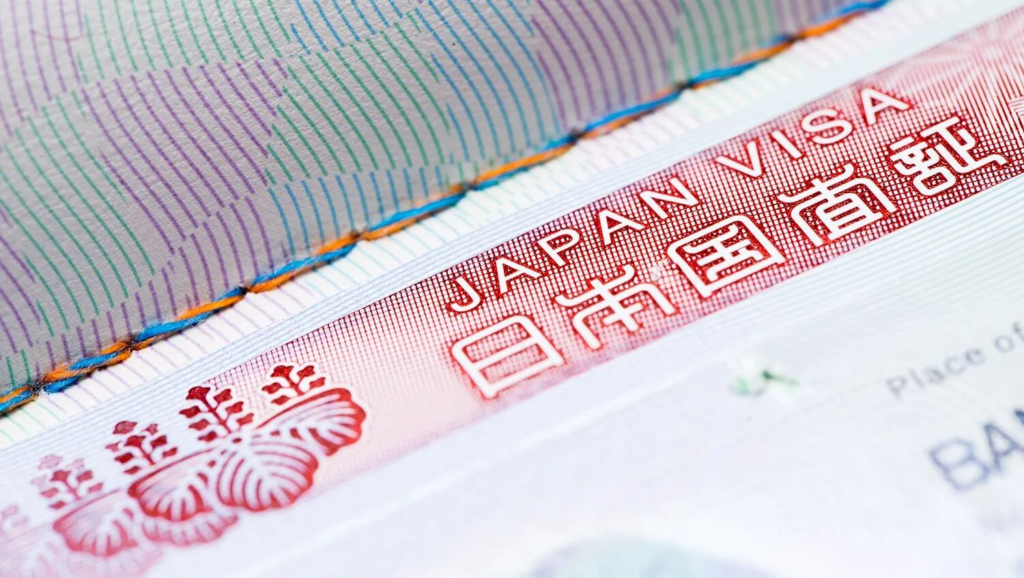
Thankfully, obtaining a Student Visa to study in Japan in 2023 is a relatively straightforward process, as long as you answer the questions asked on the Certificate of Eligibility form truthfully and have sufficient financial support. The university, senmon gakko (Technical collage) or language school you are enrolling in will apply for the Certificate of Eligibility on your behalf and therefore will have staff well versed in the application process.
You will be asked to provide your financial sponsor’s details and proof of their income. Typically they will need to evidence a year’s worth of your tuition fees and living expenses.
The processing time for a Certificate of Eligibility application is typically 6-8 weeks, but can take up to 12 weeks or longer. This is the primary reason university application deadlines in Japan are so early.
Once the COE is ready to be sent to you the admissions department will confirm your address so it can be couriered to you and in many cases, this is when you will need to pay your first semester’s tuition fees.
Once you have received your COE you will need to make an appointment to visit your nearest Japanese embassy or consulate to convert your COE into a student visa. You will need to give them your passport and in some cases, pay a small application fee. Processing takes about a week, after which, you will be free to enter Japan.
1. Choosing a school
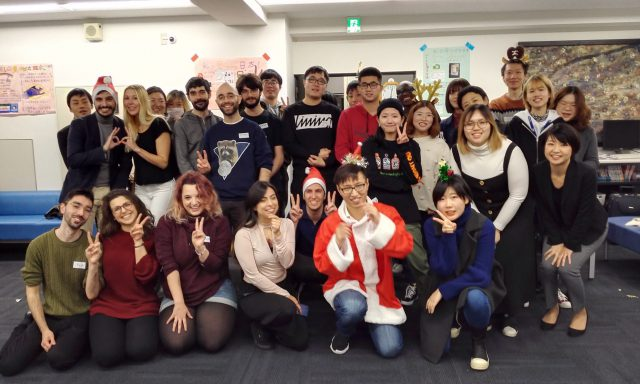
Before selecting a school, ask them what countries most of their students come from. Many Japanese language schools in Japan accept mostly Asian students. This means that the teaching style and classwork focus is on the needs of Asian learners.
You probably have a pretty good idea of where you want to live in Japan. Think about the kind of environment you’d be happy living in. For many people thinking about studying in Japan, Tokyo comes to mind first, but the hectic urban environment and the high average cost of rent is not for everyone.
Even inside of a city there may be several options. This is particularly the case for Tokyo thanks to a large demand for schools. Some schools are right in the major centers like Shibuya, while others may be located in more suburban areas.
You’re going to want to live somewhat close to your school, and you should be aware that the big entertainment and business districts will be more expensive to live in. Going to a school in a more residential area will thus give you better options for your budget.
Lifestyle is at the cornerstone to any successful language learning experience. Without making time for classes, for practice and for homework, you cannot successfully learn Japanese. So it’s important for any learner to take a look at their weekly schedule.
2. Understand the application process
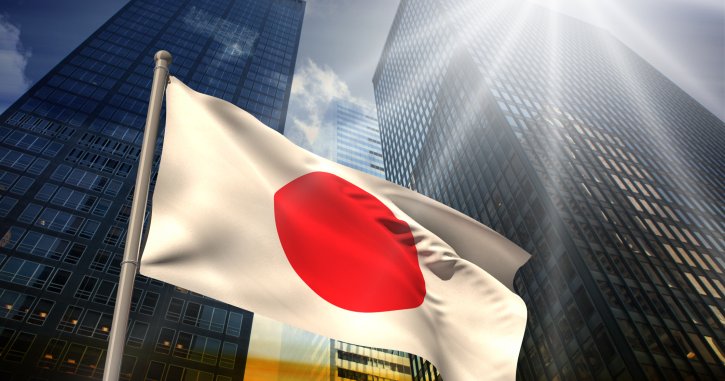
If you are planning to study in Japan for more than three months you’ll need to get a student visa. Just like any immigration procedure getting a visa involves a lot of form-filling, application processing and trips to an imposing-looking embassy building.
Before you begin with your application, make your research by visiting the official websites of the universities you are mostly interested in, along with contacting your nearest Japanese embassy or consulate for additional questions and information.

3. Prepare all the documents needed for the COE
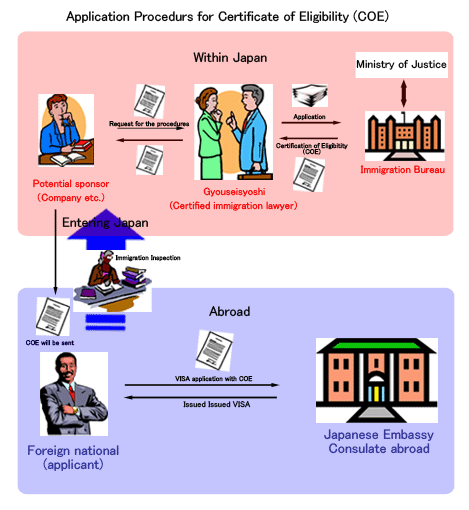
Student Application Form
To increase your odds of being accepted by the Japanese Immigration Bureau you should try to be as detailed as possible. Especially for sections explaining why you want to come to Japan. The more you write here the better!
Eight identical ID Photos (4cm high × 3cm wide)
Photos must show a clear and full front view of the student’s face from the bottom of the chin to the top of the hair against a plain background. Don’t wear sunglasses or hats, or have anyone else in the photo. The guidelines also say that your eyes and ears should be clearly visible.
Make sure the photo is in color, taken within 3 months prior to your application submission. Photos must be official passport photos, taken at a specialized ID photo booth and printed on photo paper. Paper-printed photos will not be accepted. (Sadly, Snapchat selfies are not accepted.)
Passport photocopy
Copy of the Photo/ID and Signature page of your passport. If you have been to Japan in the past, then you should also copy any previous entry and exit stamps.
Academic documents
Proof that you’ve graduated from school. Usually your diploma and official transcript are necessary.
Proof of financial viability
The Japanese Immigration Bureau requires all visa applicants to prove their ability to support themselves, including paying for tuition, living costs, school fees and other expenses while in Japan.
The amount varies depending on your school’s tuition fees, period of stay in Japan and your living circumstances after arriving in Japan, but it is recommended to show access to an average of ¥2,000,000 or more for the first few months of your stay.
The documents you submit should show where the money to pay for school and living expenses is coming from. If you’re supporting yourself, make sure that all documents you provide are under your name (as stated in your passport). If someone else is sponsoring your stay, a letter written and signed by them should be enclosed and all other financial documents should show their name.
You can use the following documents to prove you have sufficient funds to support yourself.
- Bank statements
- Income statements
- Financial Aid award letter
- Scholarship award letters
- Letter of sponsorship
- Passport photocopy
- Academic documents
- Proof of financial viability
Note: All documents must be in either Japanese or English.
After you receive your COE
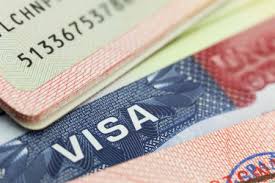
As soon as you receive your COE, make an appointment at the nearest Japanese embassy or consulate in your area to apply for the actual visa. If you are changing your current visa to a student, then your school will be able to assist you. If you currently have a tourist visa, you will have to go back home and apply at the consulate. In general, you’ll need the following documents:
- Valid Passport
- Visa application form from the Japanese embassy or consulate
- One photograph taken within the past 3 months
- Certificate of Eligibility – the original document and one copy
- Certificate of Admission – given to you by the school
- Other additional documents the specific consulate may ask for, depending on the country.
Don’t forget to get your COE back after your visa has been issued –– you will need it upon landing in Japan.
